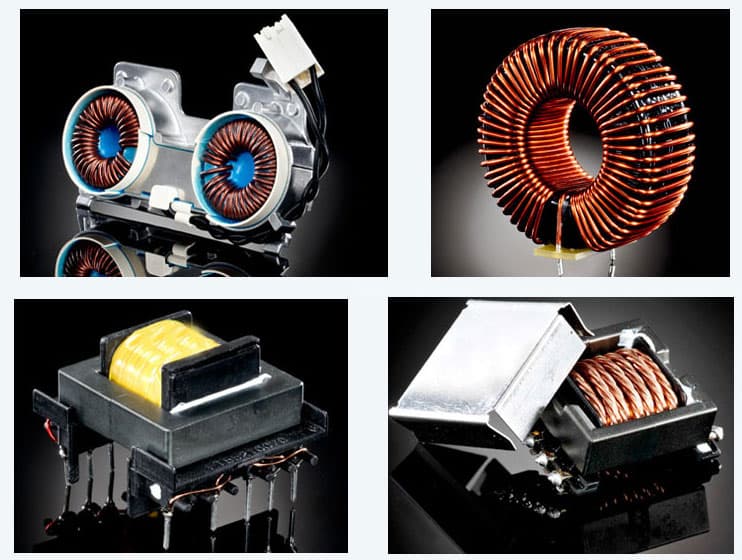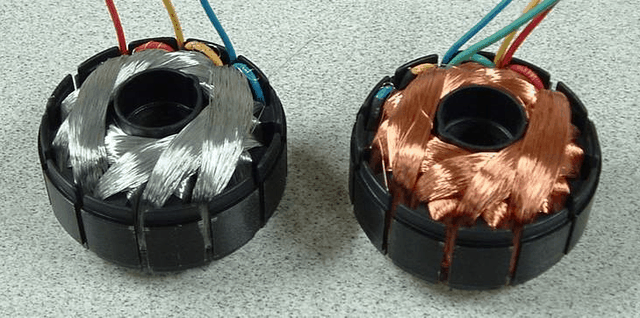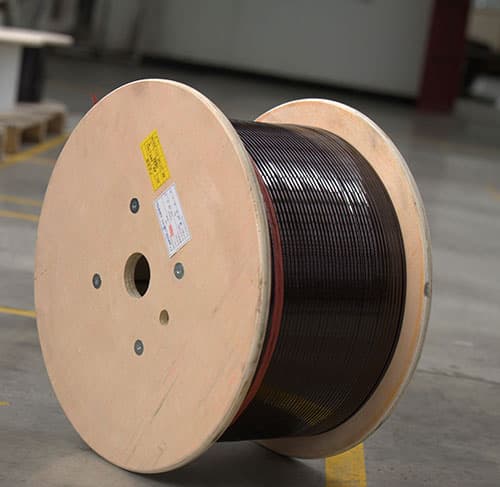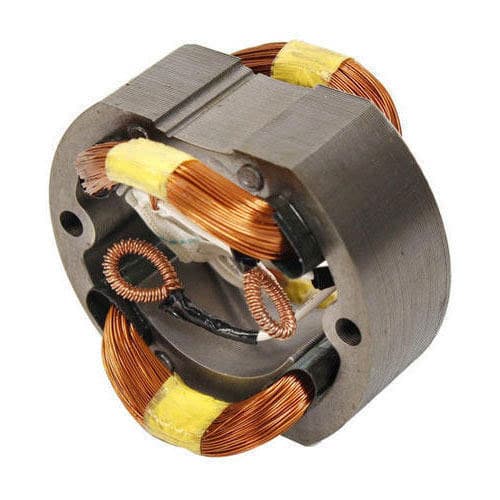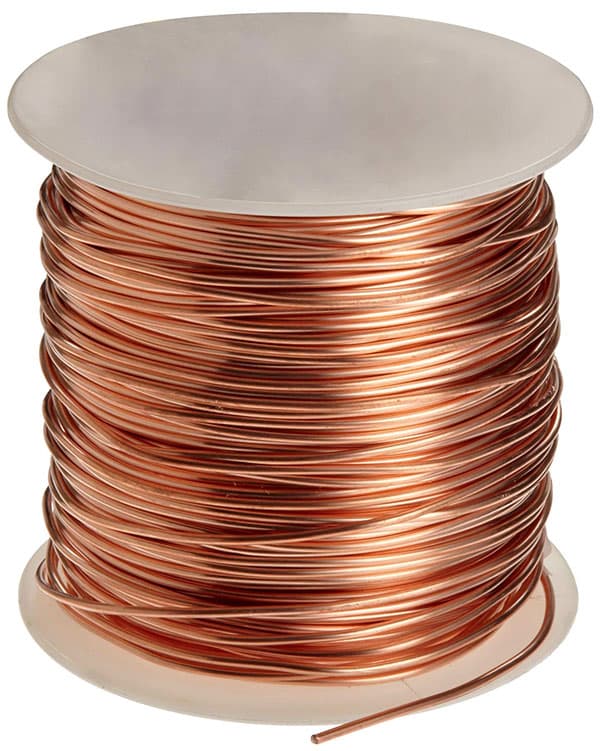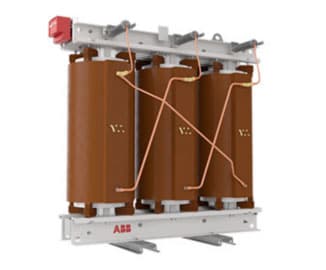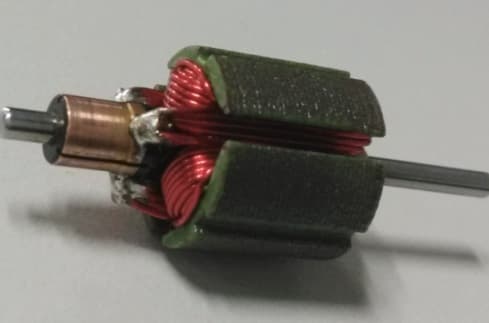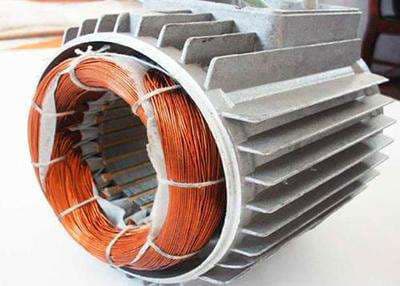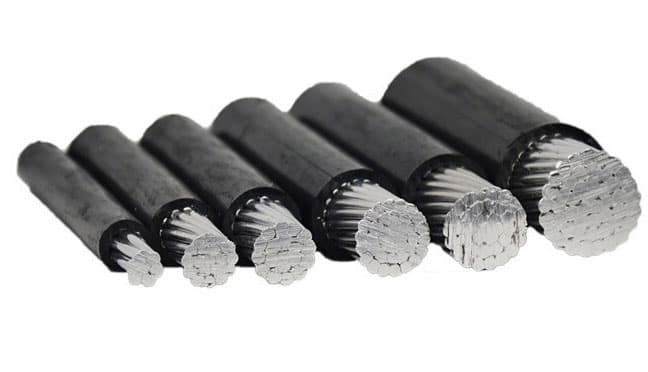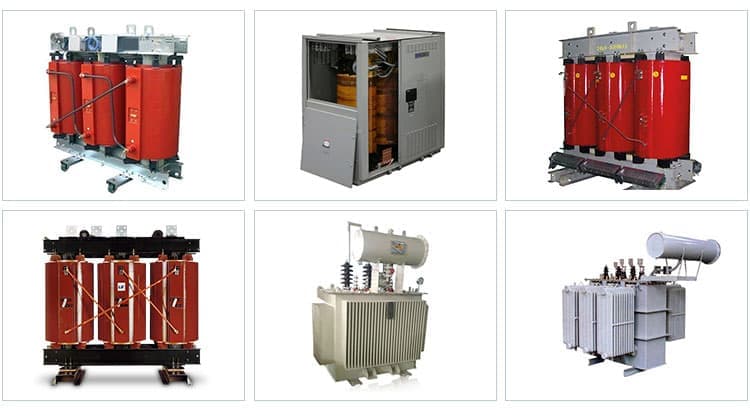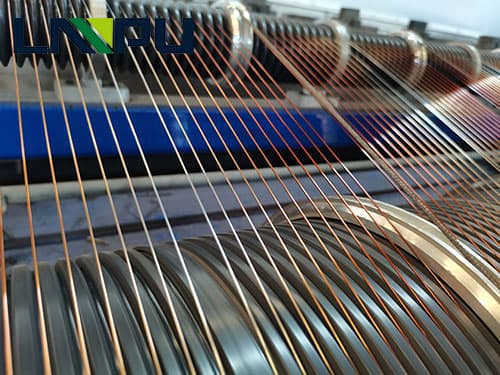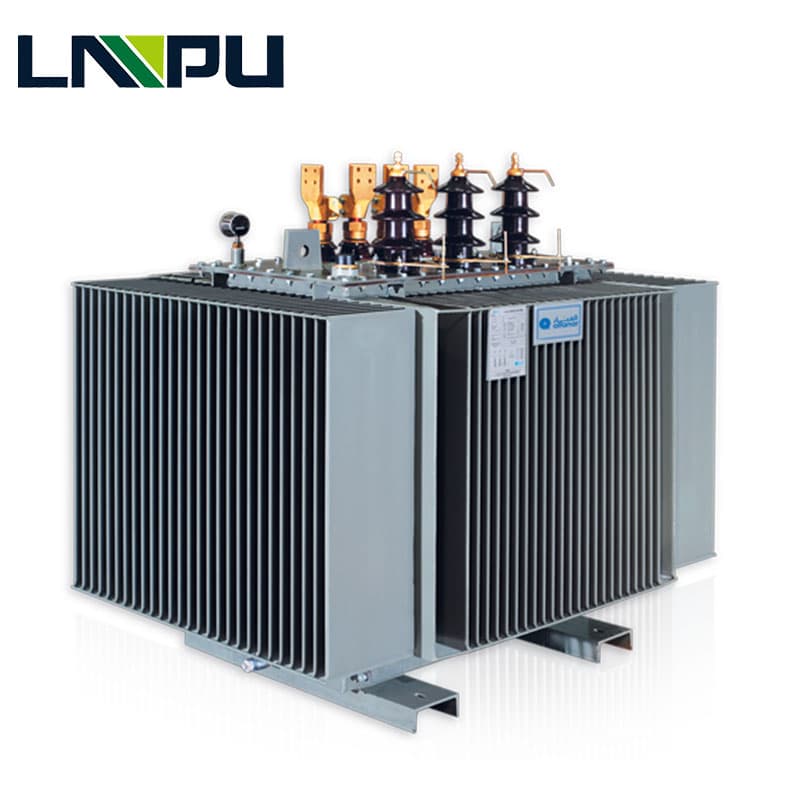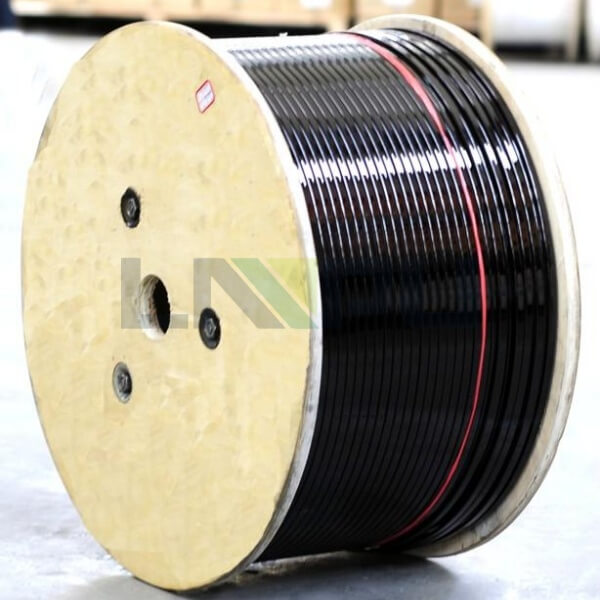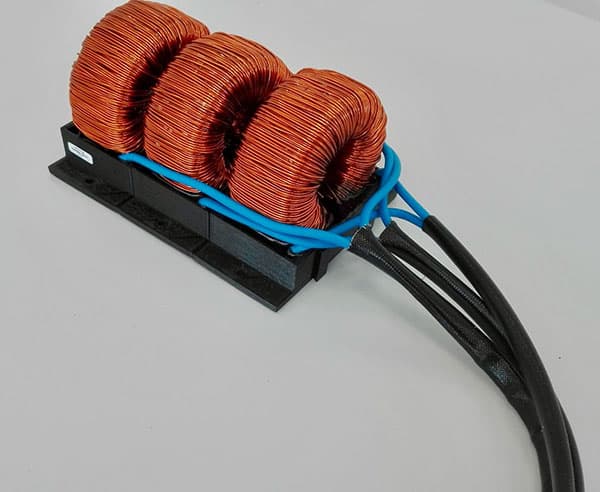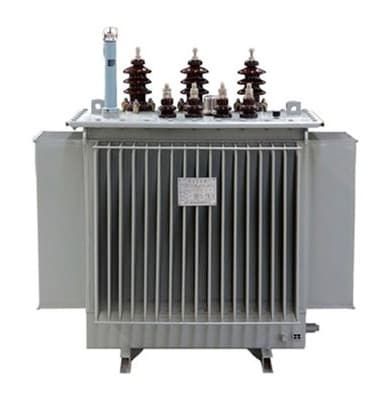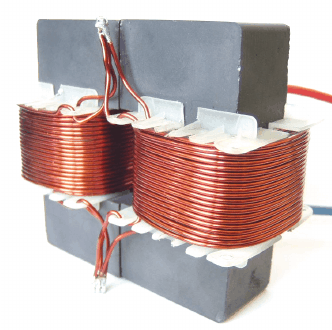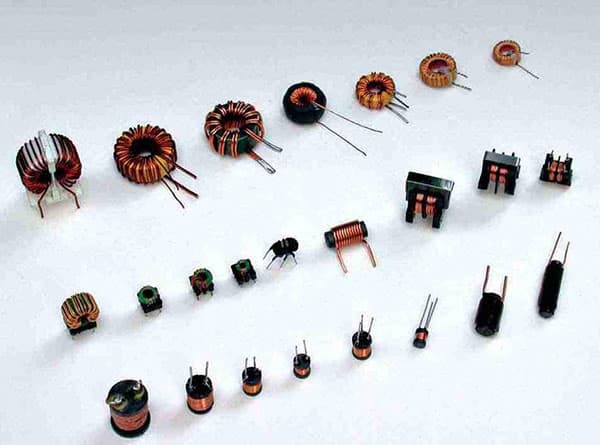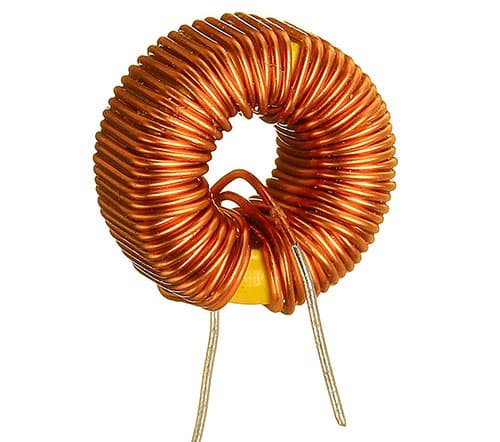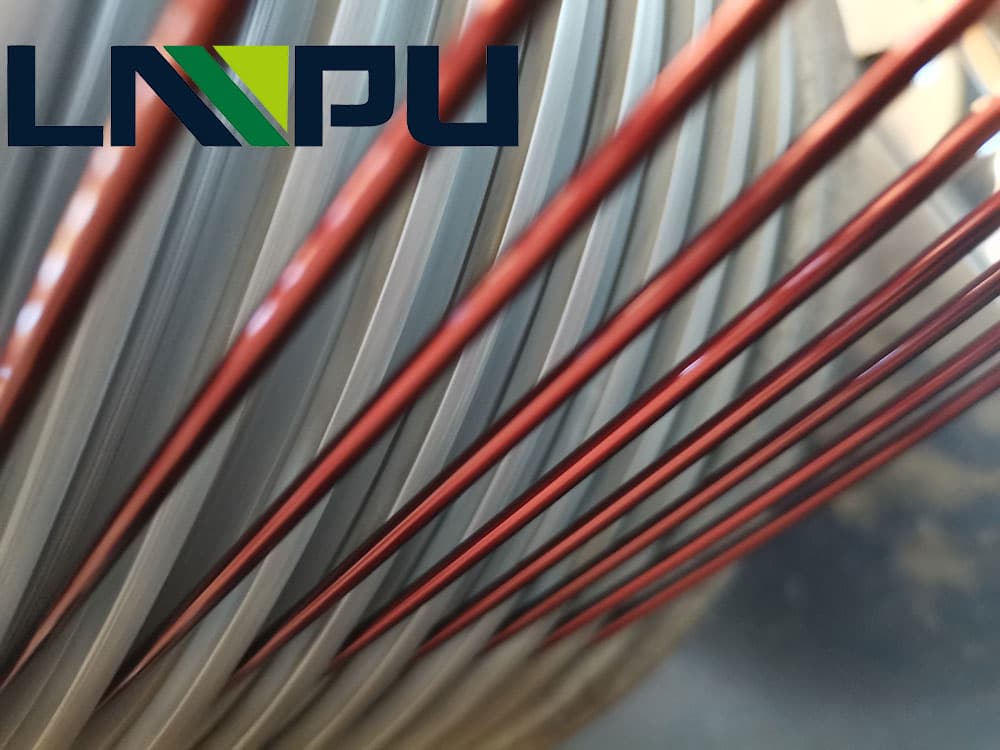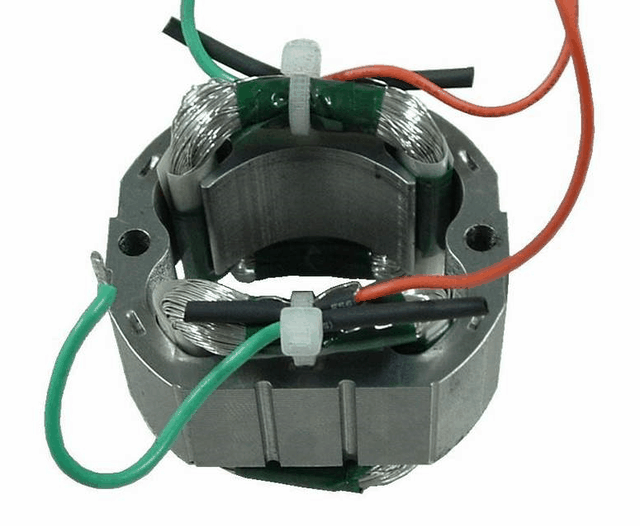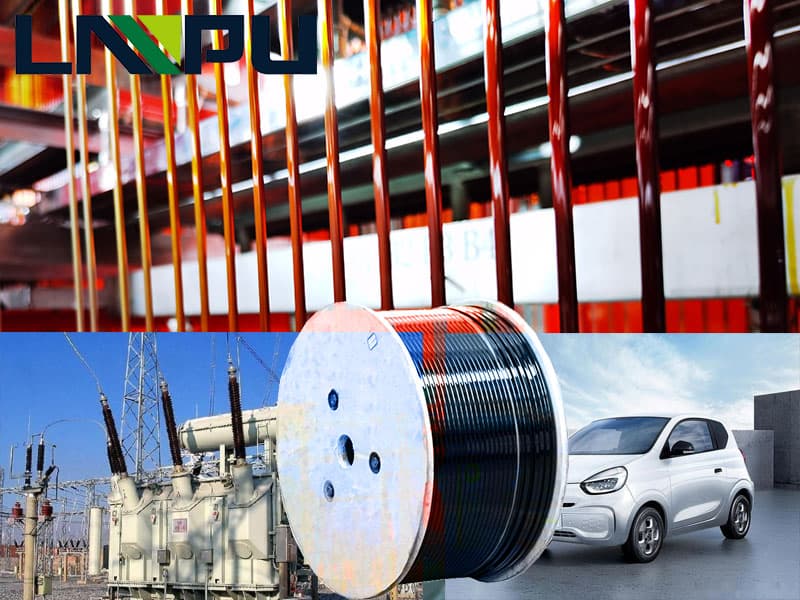Working principle of electromagnetic coil
The electromagnetic coil is built by using the magnetic field around the wire, winding it into a spiral to strengthen the magnetic field, that is, using the smallest space to achieve the highest magnetic field strength, and replacing the ordinary wire with a wire covered with a layer of insulating paint is also to save space .
Electromagnetic forming can effectively improve the forming performance of lightweight alloys, and the coil structure is one of the key factors affecting the forming quality. According to the needs of the deformed part of the workpiece, the electromagnetic force distribution should be determined and the corresponding coil should be designed.
The working principle of the electromagnetic coil is electricity and magnetism.
The direction of the magnetic field can be determined according to the “right-handed spiral rule” or “Ampere’s rule one”: hold the straight wire with your right hand and point your thumb in the direction of the current, then the bending direction of the remaining four fingers is the surround of the magnetic induction line direction. In fact, the magnetic field generated by this straight wire is similar to the effect of placing a circle of small magnets with NS poles connected end to end around the wire.
If a long metal wire is wound in one direction on a hollow cylinder, the resulting object is called a solenoid. What happens if the solenoid is energized? After energizing, each turn of the solenoid will generate a magnetic field, the direction of the magnetic field is shown by the circular arrow in Figure 2. Then, in the position between the two adjacent turns, the total magnetic field cancels out due to the opposite direction of the magnetic field; while inside and outside the solenoid, the magnetic field generated by each turn of the coil is superimposed on each other to form the shape of the magnetic field. It can also be seen that the shape of the magnetic field outside the solenoid is the same as the shape of the magnetic field generated by a magnet. The magnetic field inside the solenoid just forms a closed magnetic field line with the external magnetic field.
The solenoid is represented as two rows of circles up and down, as if cutting the solenoid in the middle. There is a cross in the upper row, indicating that the current flows into the inside of the phosphor screen; there is a black dot in the lower row, which indicates that the current flows out from the inside of the phosphor screen.
An application example of electromagnetism is the electromagnet commonly used in laboratories. In order to carry out certain scientific experiments, a strong constant magnetic field is often used, but ordinary solenoids are not enough. To this end, in addition to winding as many coils as possible, two opposing solenoids are also placed close together so that their N and S poles are opposite, so that a strong magnetic field is generated between the two wire packages. In addition, pure iron (called a yoke) is placed in the middle of the wire package to gather the magnetic field lines and enhance the magnetic field in the middle of the wire package.
For a very long solenoid, the internal magnetic field is calculated by the following formula: H=nI
In this formula, I is the current flowing through the solenoid, and n is the number of solenoid turns per unit length.

